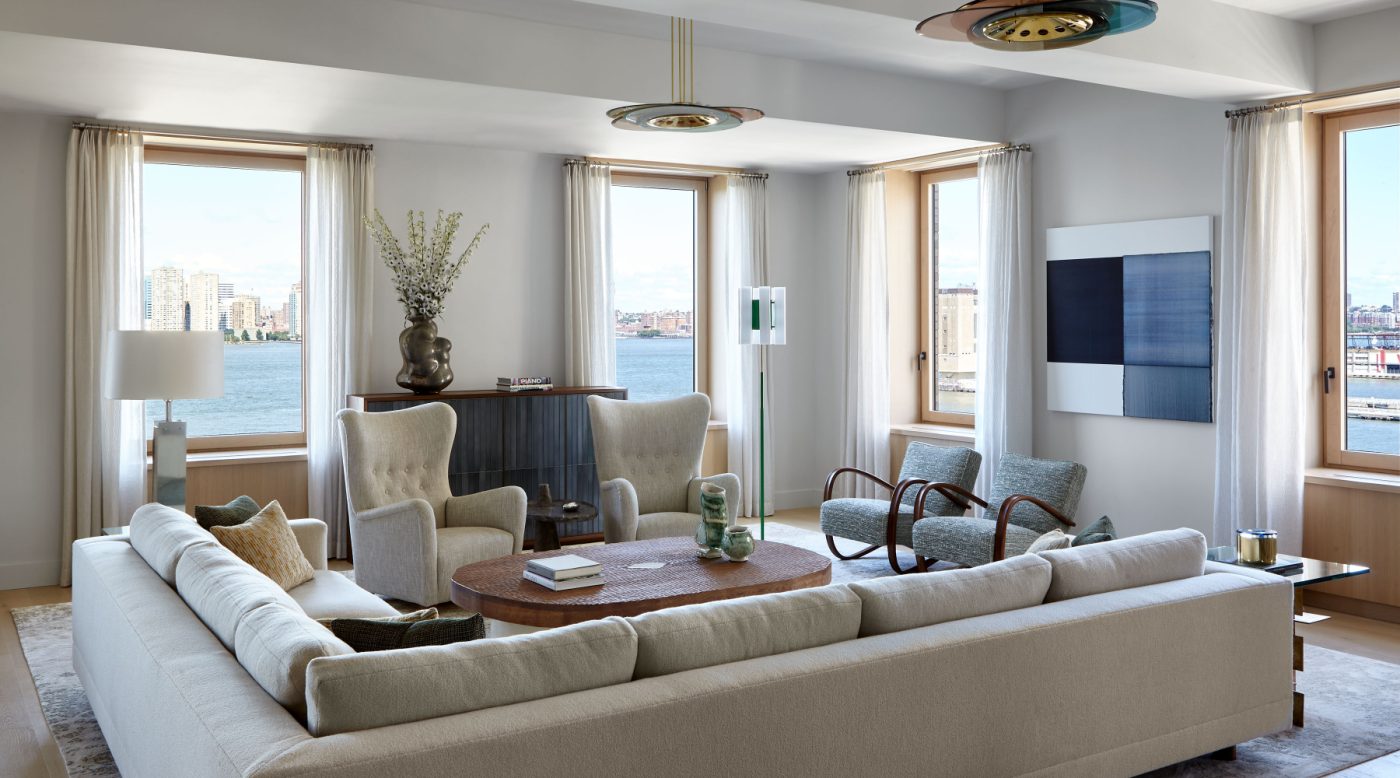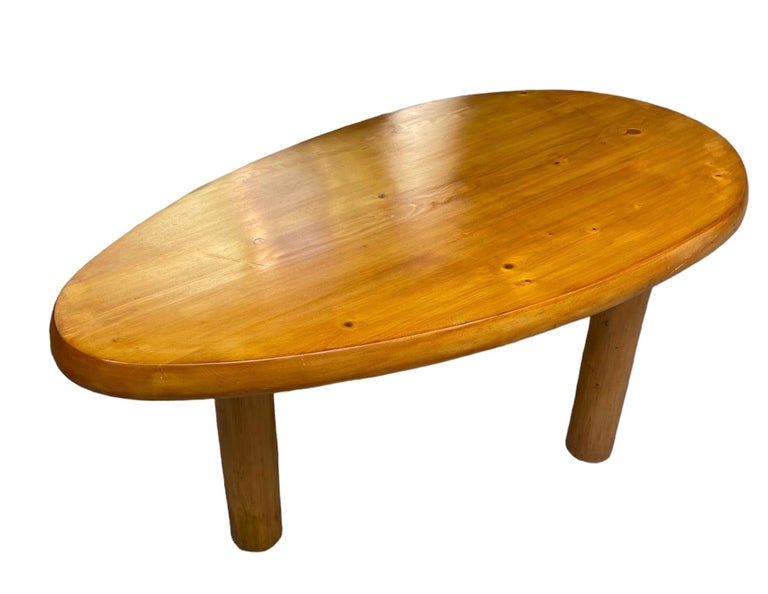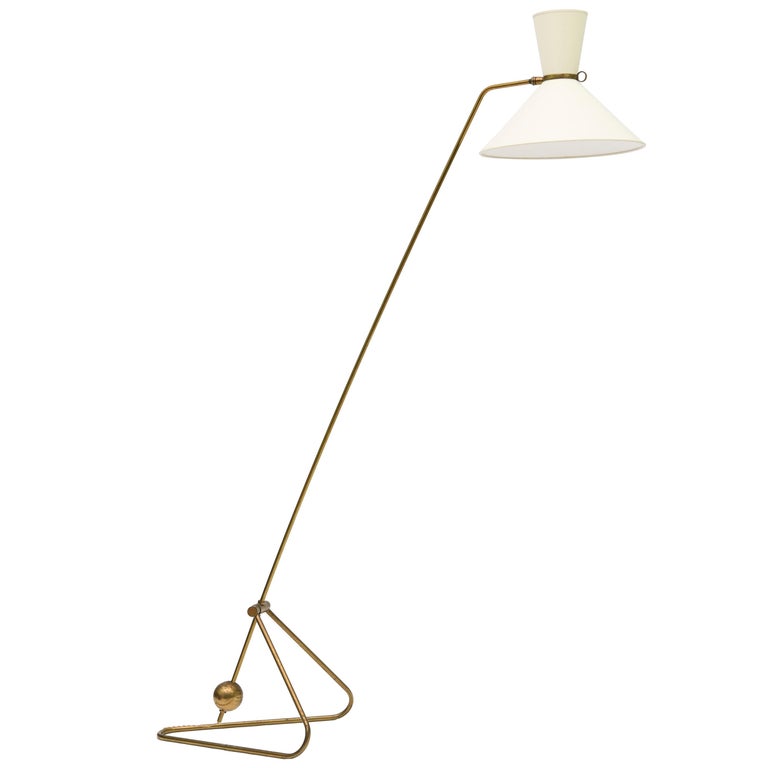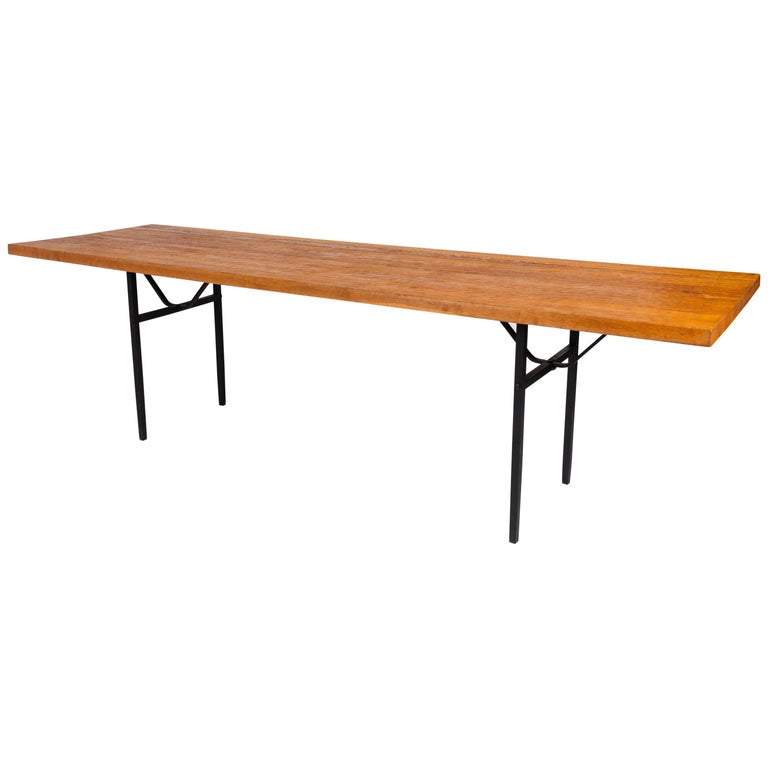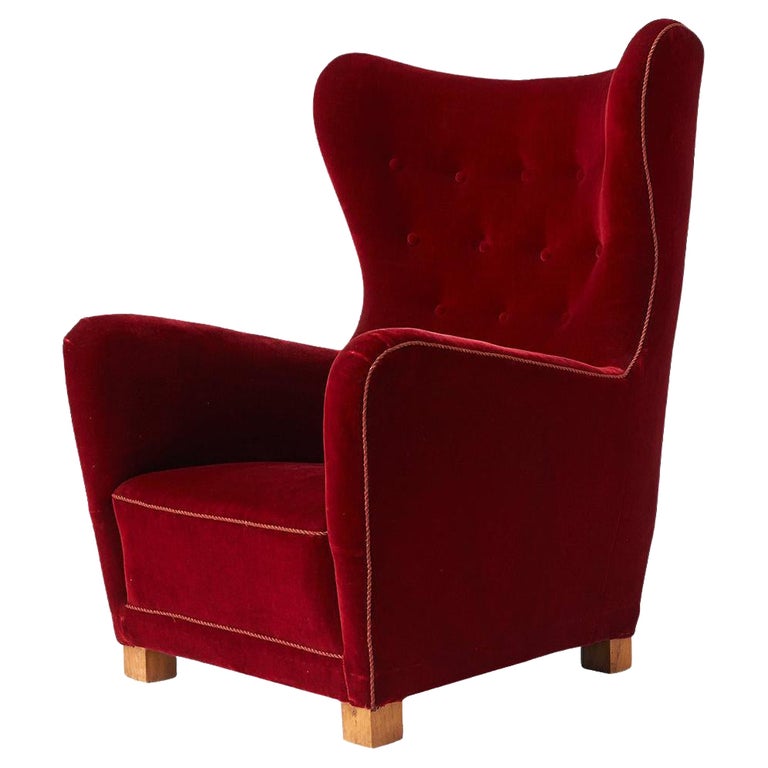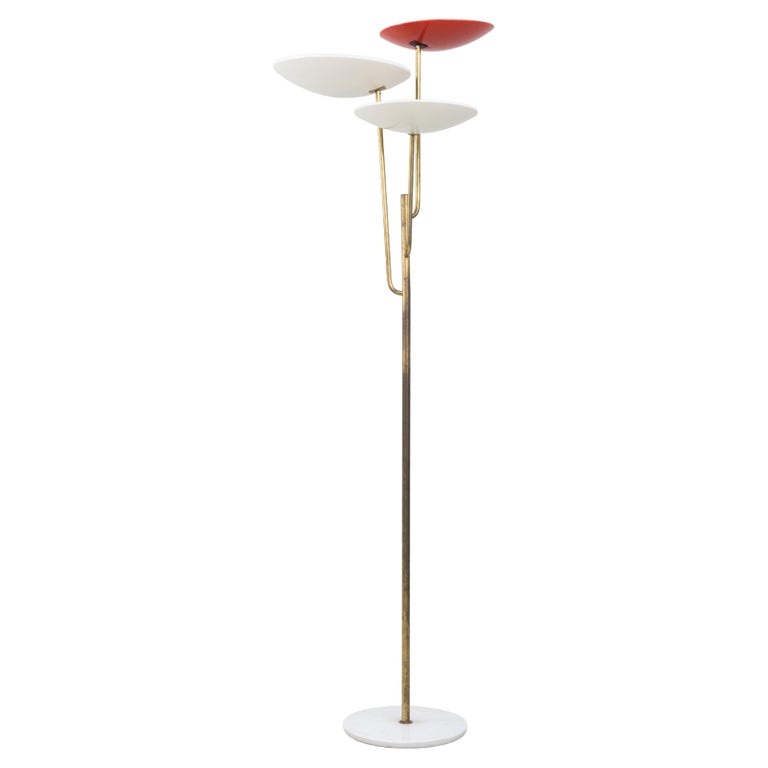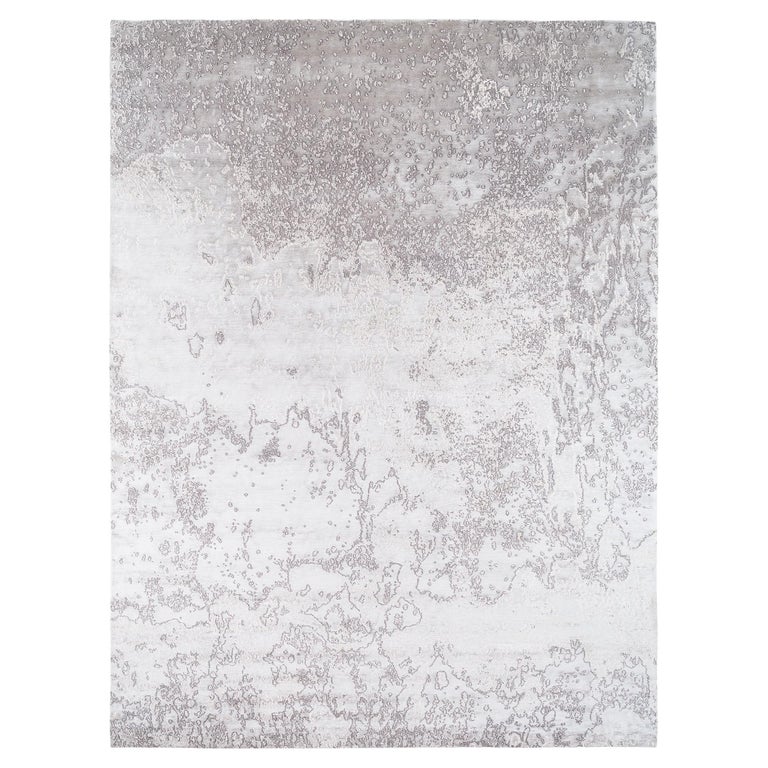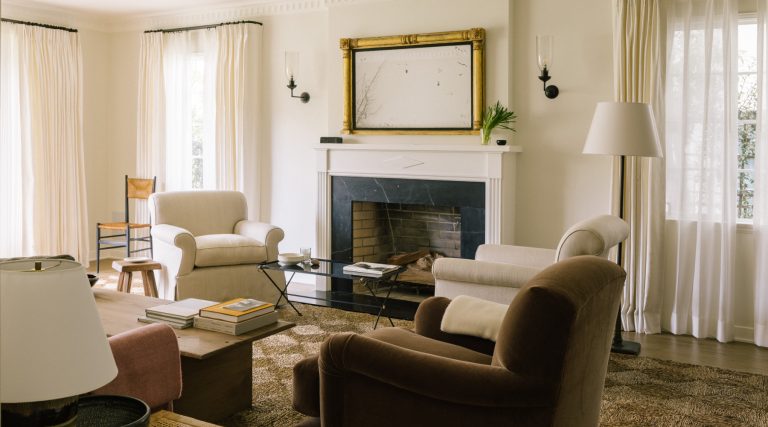
July 6, 2025Damon Liss has a way with ceiling lights. That may seem like faint praise, but the interior designer — and member of the 2025 1stDibs 50— reports that a number of his clients have hired him after being impressed by the unique fixtures he selects.
In the primary bedroom of a house on the shores of East Hampton’s Georgica Pond he installed a bulbous, tentacular chandelier by Rogan Gregory, and in the playroom of a Tribeca triplex, he hung a cluster of more than a dozen lanterns designed by Iacoli & McAllister. “For me, a ceiling light is a practical sculpture,” says Liss, noting that such pieces bring a touch of drama to the rooms he creates. “They can be a really powerful statement.”
This 5,000-square-foot, five-bedroom Manhattan loft provides another illuminating case in point. One of the highlights of its airy living room is a pair of vintage saucer-like, multidisc chandeliers designed by Max Ingrand for Fontana Arte. “A matching pair of these fixtures is rare and adds unique detail to a space,” says Liss, who acquired the pieces from Donzella Ltd. via 1stDibs.
For the kitchen, he chose a contemporary model by Gaspare Asaro that reminds him of the lighting of Studio BBPR, an iconic 20th-century Milan-based architectural and design firm. “I love the fact that it has a very large diameter without coming down too low,” says Liss. “It acts like a canopy on the ceiling.”

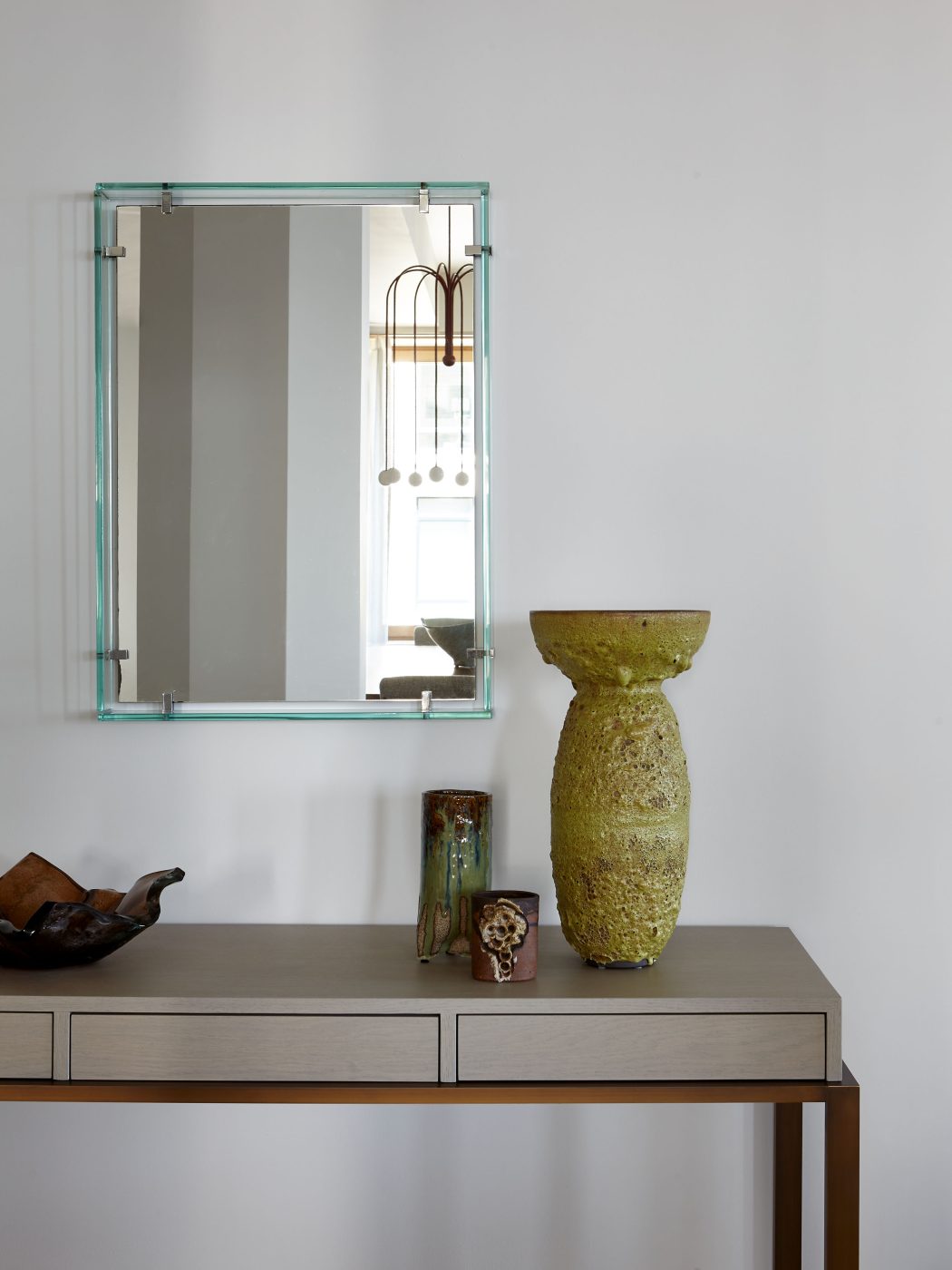
Located in a historic building overlooking the Hudson River, the apartment belongs to a couple with three teenage children. Its main draw, before Liss’s decoration, was its sweeping views of the water, which he highlighted by introducing as little visual distraction as possible: He selected low-slung furniture — including the custom sectional sofa and pair of Jindřich Halabala armchairs in the living room — plus discreet soft sheers for the windows and the same neutral paint color for all the walls.
As with any project, even one with such impressive views, certain challenges needed to be overcome, not the least of which were the encased structural ceiling beams in the living room, and the uneven surface they produced.
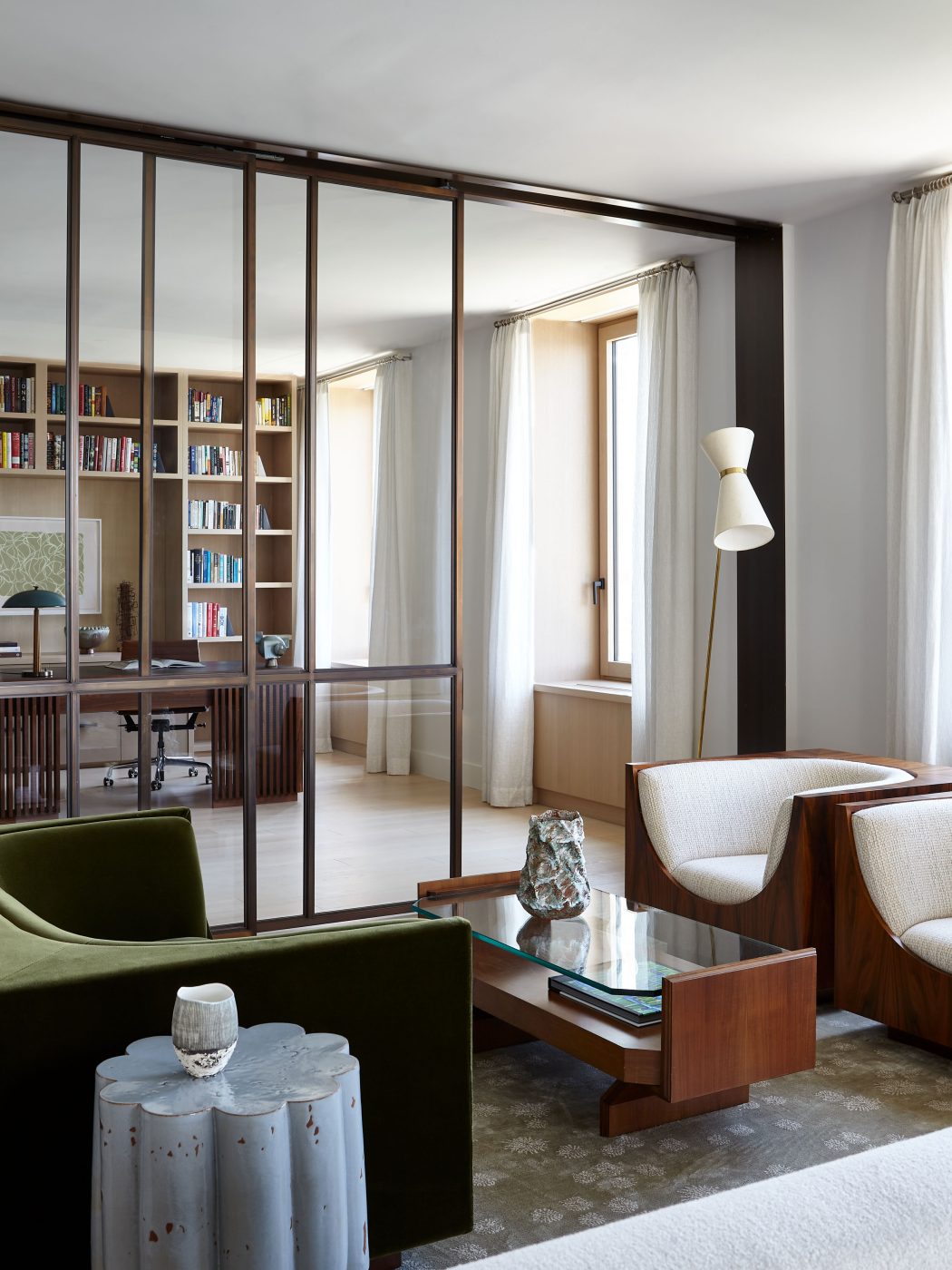
“It’s something we really agonized over,” says Liss. “We thought about dropping the whole of the ceiling, but it wasn’t tall enough, so we decided that embracing the irregularity was the way to go.” To that end, he hung those Ingrand Fontana Arte fixtures asymmetrically between the beams, creating an interesting, syncopated rhythm that appears natural rather than forced.
Although his interiors are full of individual stars, Liss believes the real key to creating successful spaces is to look at them holistically. “It’s not about specific pieces, it’s about how the different items relate to each other,” he says. “It’s like a painting. Can you imagine showing someone a canvas and removing one of the main elements or colors from it? Everything would just fall apart.”
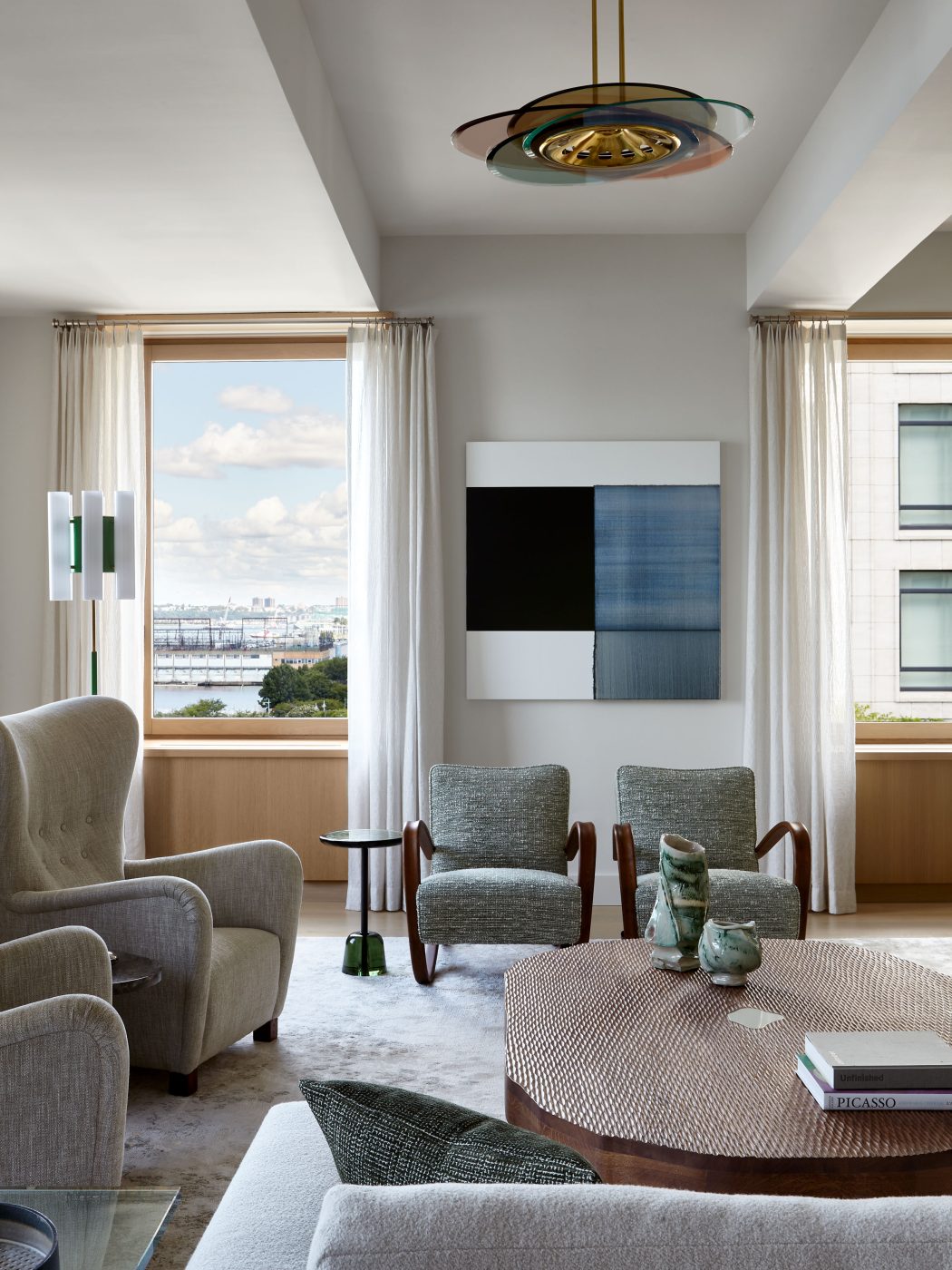
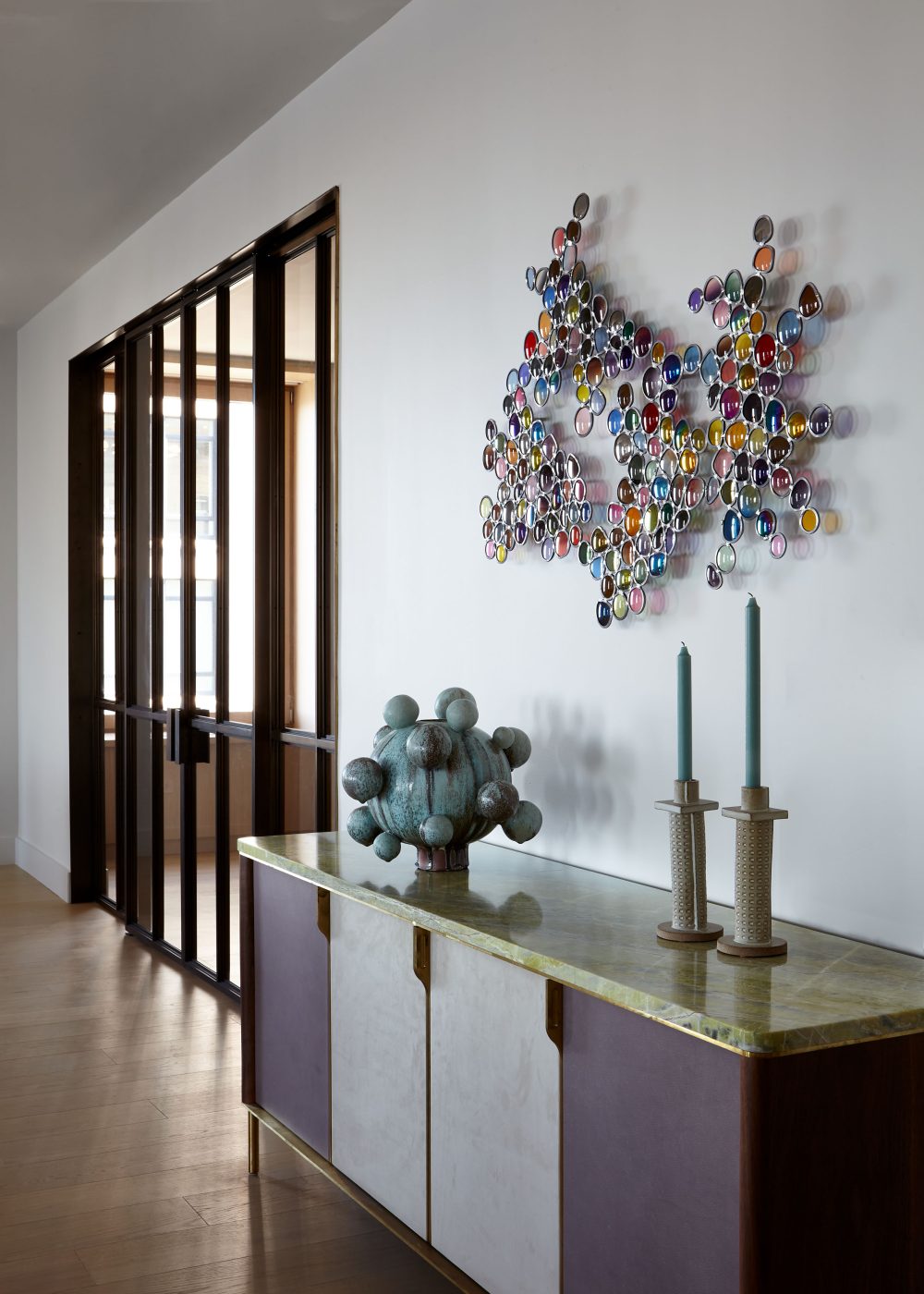
His modus operandi is to present complete room schemes to his clients from the get-go. “For the most part, I’ll pre-source each piece in advance,” he explains. “I know they’re available, and they’ll be on hold for us.”
Vintage items appear in the vast majority of Liss’s rooms. “Obsessed isn’t a great word, but I really am overwhelmed by the beauty of these historic pieces,” he says. “It’s a really important part of what we do. Some people decorate. We really like to curate pieces in a very specific, intentional way.”

He often pulls in exemplars of 20th-century Italian design. In the loft’s living room, for example, in addition to the chandeliers, there is a Gio Ponti coffee table acquired from Milan’s Vintage Domus SRL gallery and a set of slender-legged, roll-back dining chairs that are reeditions of the Du 24 model of Gastone Rinaldi, a lesser-known 20th-century Italian designer who collaborated on projects with Marco Zanuso and Carlo Mollino.
“The chairs have a beautiful sculptural shape,” says Liss. “I like the casual nature of the black-metal tubing, combined with the fact they’re also substantial and comfortable.”
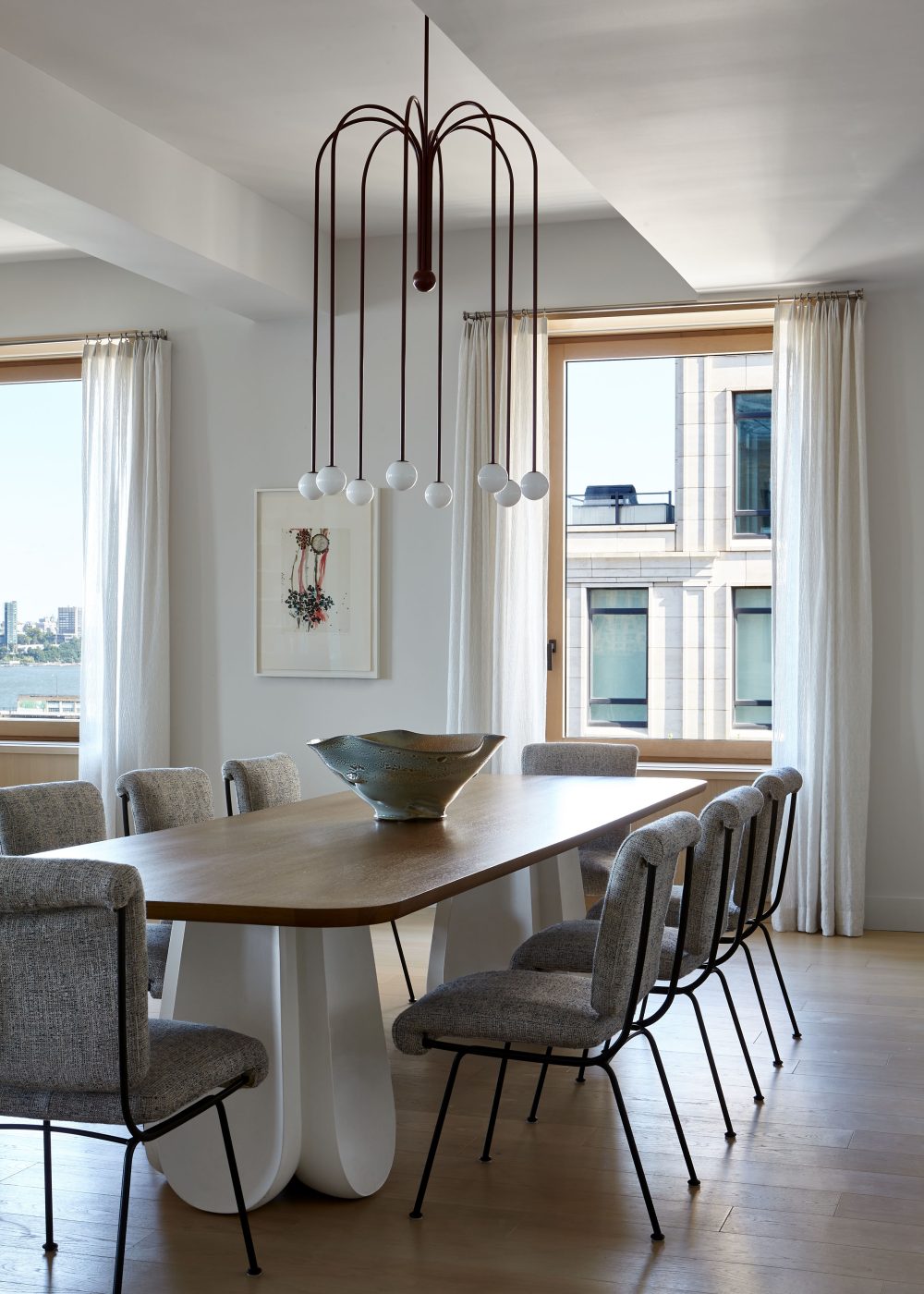
Above all, Liss has an affinity for Brazilian modernism and has been collecting it for the past 20 years. “There’s something very warm and inviting about it, and the different wood species are particularly attractive.”
In a seating area in the living room, he placed a pair of sculptural rosewood armchairs by Jorge Zalszupin opposite a cotton-velvet-clad sofa with a similar scooped-out shape by the same designer, thus creating both symmetry and a touch of tension. A small occasional table in glass and rosewood by Zalszupin can be found in the primary bedroom.
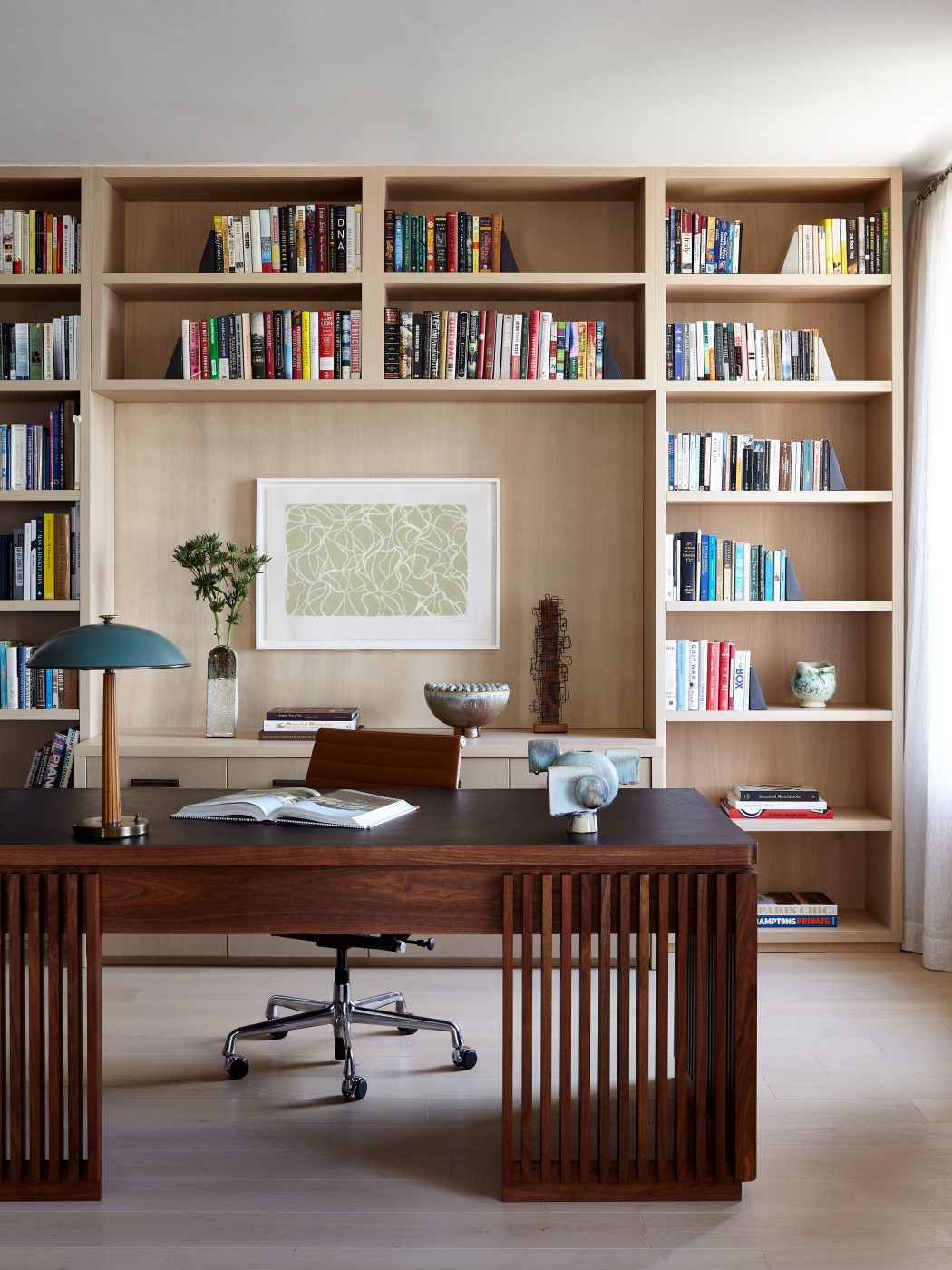
For Liss, not every piece has to be by a name designer. When told that something is unattributed, he’s generally excited rather than disappointed. “It’s always fun to explore and see things that are less known,” he says. “There’s something nice about the unattributed, because it brings a certain freshness.” A perfect example is the set of four 1950s high-backed Czech armchairs in the loft’s office, acquired from the Dutch gallery Morentz.
Averse to “noisy, distracting interiors,” Liss instead favors soft color palettes and fabrics that add texture rather than bold pattern. In the living room, a bit of flare is provided by the artworks, including an abstract geometric painting by Callum Innes, a dramatic Candida Höfer photo of the Labrouste reading room at the French National Institute for Art History in Paris and a multicolored wall sculpture by Jim Lambie made from dozens of eyeglass lenses.

Throughout the apartment artworks like these are complemented by a beautifully curated collection of ceramics, one of which — a tall vase in the office — has a special significance to Liss. It was created by an architect in his office, Joe Roumeliotis.
Liss also likes to introduce a touch of whimsey in his projects. In this home, he points to the Giancarlo Valle Tapestry daybed whose contours call to mind inflated balloons, and to the drooping Michael Anastassiades chandelier, whose arms — which Liss likens to the boughs of a weeping willow — hang over the dining table. “There’s something amazing about having playful things in an interior,” he says. “When I walk into a home, I want there to be something that puts a smile on my face.”
